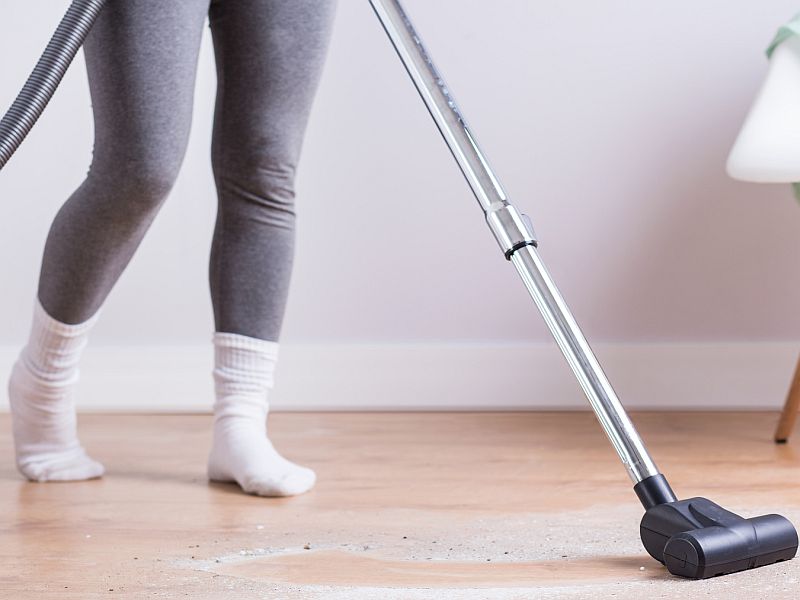TUESDAY, June 11, 2019 (HealthDay News) — If you or a family member has asthma, your doctor has most likely mapped out the steps you need to take to treat an asthma flare.
Creating a healthier home by minimizing your triggers can be as effective as medication for reducing symptoms and flares, according to a study from the American Academy of Pediatrics.
Triggers include indoor pollutants like cigarette smoke and gas stoves, as well as allergens such as mold, pets and pests — from dust mites that hide in bedding to cockroaches.
One approach is to talk to your doctor about allergen-specific immunoglobulin E antibody tests or skin testing to identify the allergens that affect you most. Then you can map out a strategy to rid your home of the worst offenders.
HEPA or “high-efficiency particulate air purifiers” do a great job of removing airborne allergens. True HEPA devices can trap particles in the air that are as small as 0.3 microns — that’s less than 1/25,000 of an inch. HEPA filters are available for your heating, ventilation and air conditioning system, and for specially equipped vacuum cleaners.
Protect mattresses and pillows with zippered allergen-proof covers, and launder bed linens regularly in hot water followed by a hot spin in the dryer, experts at the American College of Allergy, Asthma and Immunology suggest.
To prevent mold, keep your kitchen, bathrooms and basement well ventilated. Exhaust fans dehumidify without letting in outdoor allergens like pollen. If you don’t already have one, talk to a contractor about installing a unit.
More information
The American College of Allergy, Asthma and Immunology has a room-by-room guide for managing allergens in the home to live better with asthma and allergies.
Copyright © 2025 HealthDay. All rights reserved.

